Honor flight
D-Day anniversary inspires millions, revitalizes the C–47 fleet
Moments later the old airplane carried us into the sky—destination Normandy, France—and into a very different world than her peers faced 75 years earlier when France and most of Europe were under Nazi control. This century, there would be no one shooting at us as the formation of C–47s and DC–3s streamed from Duxford, England, over London and the white cliffs of Dover and across the English Channel to Normandy. En route a couple of P–51 Mustangs whizzed by, escorting the fleet during the crossing.
Shortly after crossing the beaches of Normandy, some of those C–47s began spewing out paratroopers over Drop Zone K, located near Sannerville just outside Caen, France. Reenactors in period uniforms and dangling from round chutes similar to the 1944 style swooshed into a large field as thousands looked on—none of them pointing guns.
After roaring over the drop zone, the C–47s ambled to Caen, landing on pavement but taxiing and parking on the vast grass infield, rolled smooth as a golf green. Twenty-one iconic Douglas transports made the historic anniversary passage; two that had been in Duxford didn’t make the formation because of maintenance issues. Not bad for a group of airplanes all more than three-quarters of a century old.
Across the pond
Fifteen of the Gooney Birds started their twenty-first-century commemorative trip from the United States as part of the D-Day Squadron, a nonprofit organization formed by the Tunison Foundation to support the effort to bring the aging airplanes from North America to the seventy-fifth anniversary event. The Tunison Foundation is the owner of one of the D-Day veteran C–47s, Placid Lassie . The D-Day Squadron’s multi-year mission was to bring a squadron of C–47s back to Normandy for the seventy-fifth anniversary of the start of Operation Overlord, the largest armada of ships and aircraft in the history of the planet—nearly 7,000 vessels and nearly 11,600 aircraft launched that day.
Eric Zipkin of the Tunison Foundation brought Placid Lassie to the seventieth anniversary and was saddened to see only a handful of the iconic C–47s there. He became determined to change that for the seventy-fifth and formed the squadron as a means to assist and encourage other owners of C–47s and DC–3s, the civilian version of the military transport.
Shortly after his return from the six-week journey, he was elated at how it went. “We accomplished what we hoped,” he declared. “I thought we would be lucky to get 12; we had 15.” The 15 aircraft from the United States met up with another half-dozen from Europe and elsewhere in Duxford, England, for a few days in advance of the Normandy anniversary.
“It was an extraordinary group,” Zipkin said of the D-Day Squadron. “It jelled 10 times better than I thought possible—an easy group. Wonderful!”
Even after weeks of sometimes stressful travel together, the crews want to get back together and were planning events at EAA AirVenture this year. “That wasn’t even a point of discussion before we left,” Zipkin said. “This is turning into so much more. We are becoming the DC–3 Owners Group. We will be having a big annual event—I know it.”
In a trip full of surprises and humbling moments, one that stood out for Zipkin was the welcome they received in Europe. “It was beyond my expectation—and I had high hopes. Beyond compare.” Indeed, in Duxford, tens of thousands of people of all generations came out—lining the airport fence to see the airplanes depart for Normandy. All along the route, highway traffic ground to a halt as people got out of their cars to take photos and simply watch and listen as the largest formation of the transports since the war rumbled overhead. For some of the Brits watching from below, this must have brought memories of salvation from 1944, when the aircraft streaming overhead meant the difference between the ongoing bombing harassment and possible invasion from Germany—and the end of the war. For them, a C–47 is an icon of peace and a return to normalcy.
A commemoration in pictures
































Doug Rozendaal felt a similar sense of awe when he and the crew of That’s All, Brother , owned by the Commemorative Air Force (CAF), made the crossing—leading the formation on June 5, just as that same aircraft did on June 6, 1944. “We didn’t invade anything. We liberated!” he declared, a thought he and the crew chewed on for hours as they made their way from New York to Greenland, Iceland, and England. And while leading the pack for the Normandy anniversary was inspiring, he was also humbled by the later events, including the group’s commemorative flights over Berlin a few days after the D-Day ceremonies to recognize the seventieth anniversary of the Berlin Airlift. “Food and coal for 2.5 million people—and we did it for nearly a year,” he said of the effort to supply residents of West Berlin after the Soviets choked off access starting in 1948. “That’s American ingenuity. The sheer magnitude of D-Day and Berlin were beyond compare. What they went through then doesn’t even compare to what we did.
“We flew the same airplanes over the same routes, but there’s no comparison. We had 50,000 hours of experience in the cockpit—they had maybe 500. We had buckets of GPSs and bags of batteries. They had a young navigator hoping he picked the right fjord to fly up. What we did represents nothing like the challenge they did as 19-year-olds. It was an incredible experience and I’d sign up again to leave tomorrow,” he said after 43 days on the road.
Out of retirement
Like several other C–47s that made the trip, That’s All, Brother was there because of the anniversary. If it hadn’t been for the seventy-fifth—the last major anniversary for which we are likely to have veterans of the event there—the lead ship and several others might still be rotting away in hangars and boneyards across the country. The anniversary and the D-Day Squadron’s leadership pulled numerous Gooney Birds back into service. The CAF rallied a major effort to restore the legendary airplane—retuning it to better-than-new condition. But it was just one.
Miss Montana hadn’t flown in 18 years when Eric Komberec and others in the Missoula, Montana, community made up their minds that the historic C–47 would make the crossing. Unlike That’s All, Brother and Placid Lassie and several others, Miss Montana had never been to Normandy before, but she has lived a storied life nonetheless. After her war role as a part of the Air Transport Command, she flew smoke jumpers in the West for years and was, in fact, the airplane that dropped the smokejumpers to fight the infamous Mann Gulch fire near Helena, Montana, in 1949. Fire overran the group on the ground, and 13 firefighters died.
Eventually the airframe was retired and parked in a hangar at the Museum of Mountain Flying in Missoula as a tribute to the smokejumpers. But Komberec and others at the museum decided she should fly again in honor of D-Day (see “First Look: ‘Miss Montana’ Debuts,” June 2019 AOPA Pilot).
They rolled her out for the AOPA Fly-In at Missoula in June 2018 and at that event unveiled their name for the aircraft— Miss Montana . From then on it was a mad dash to refurbish the airplane and get it into flying condition with only a year to go—and raise the funds to do it. Jeff Whitesell, a Delta Air Lines pilot and veteran of several DC–3 projects, signed on to help and ultimately became chief pilot for the project. Meanwhile, dozens of volunteers from the Missoula community just showed up to help. “We’d come out early in the morning to get started and there would be people waiting outside to get in to help,” Komberec said. “At night, we’d almost have to kick them out so we could get some rest. We’d have 30 to 50 people working on a weekend; we worked seven days a week. Our membership in the museum went from about 150 to more than 500 as we progressed.”
Each of the volunteers signed a Montana state flag that flew daily over the airplane as it sat on the ramp at Duxford. The flag was carried by the lead parachutist departing the airplane over Normandy. Miss Montana even inspired her own jump team, with many smokejumpers and military airborne crews from Montana and across the country hearing about the project and signing up specifically to jump from the old airplane. Like the crew and numerous Missoula volunteers, the jump team members funded their own way to Europe to participate in the events.
The volunteers used every minute of that year to complete the project. In fact, Miss Montana missed training events in New York the week before the formation left for Europe. Her first flight after restoration occurred just days before leaving for the crossing.
With newly overhauled engines, new propellers, and a host of revitalized systems, the old airplane was mechanically sound, but there was little time left over for cosmetics. Her elevator trim tab was unpainted—someone’s cellphone number still penciled on it—and her airframe was not polished to the mirror finish of Miss Virginia , for example, but she stood proudly with the 22 others on the ramp at Duxford waiting for her chance to fly across the English Channel—to honor those who made that great sacrifice 75 years earlier.
A month after the flight, the significance of it all still hadn’t completely sunk in for Zipkin. “I hope it means people will think long and hard about history. It wasn’t just the greatest generation in the United States. It was the greatest generation in the world. They made the world a better place than it was in 1935. I hope people understand how far we have come and don’t squander it. What we did as a planet in ending the war, and the prosperity that resulted for many—and the harmony for a large portion of the world in the second half of the century. I hope we can find a way to move beyond war and our individual petty country foibles and unite as they did back then.”
Zipkin believes the C–47s and DC–3s flying today, some only as a result of the anniversary, will continue to inspire and educate people for years to come—not just of the battles they won, but of the peace that resulted.
Email [email protected]

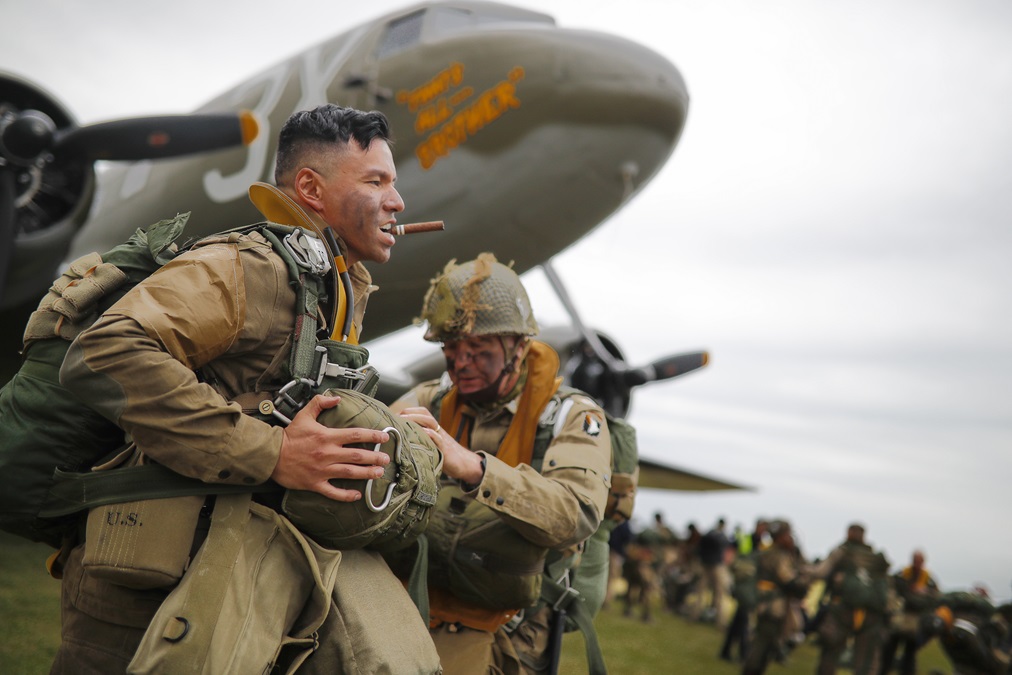

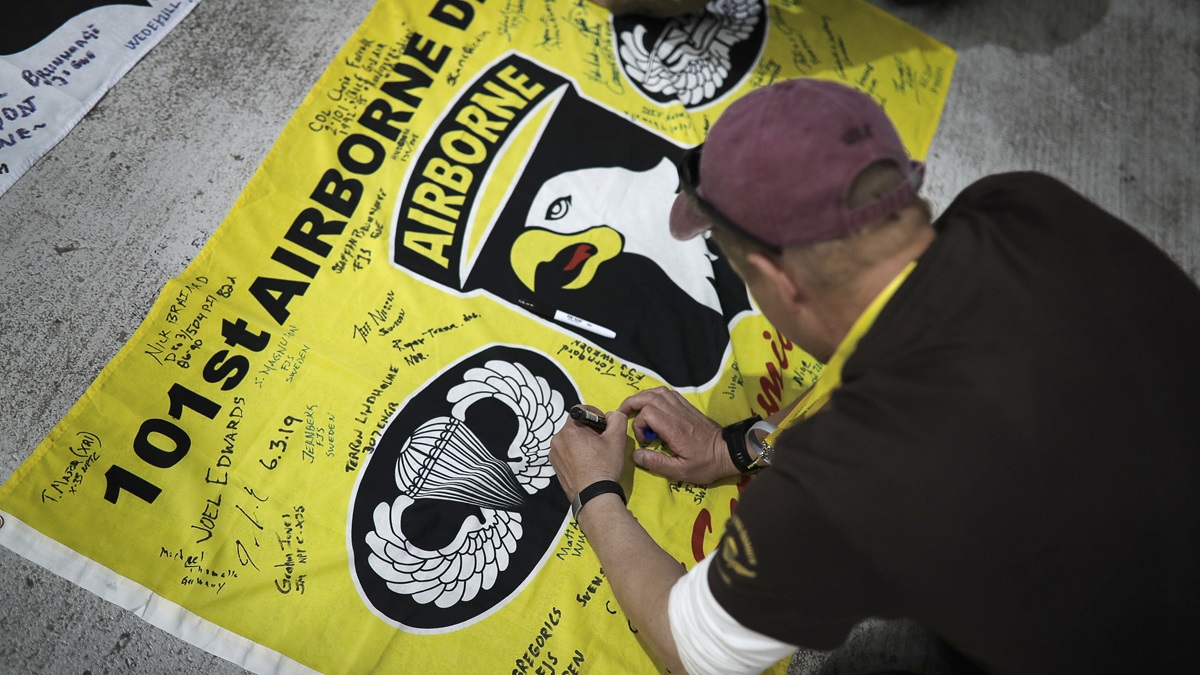


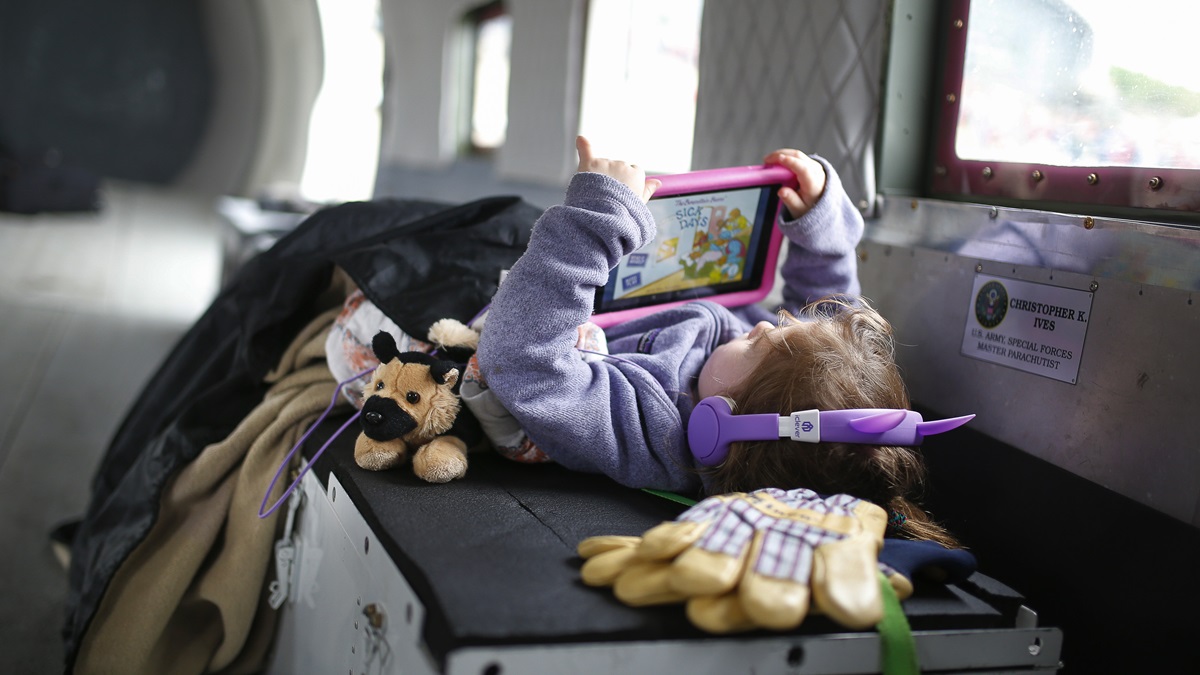
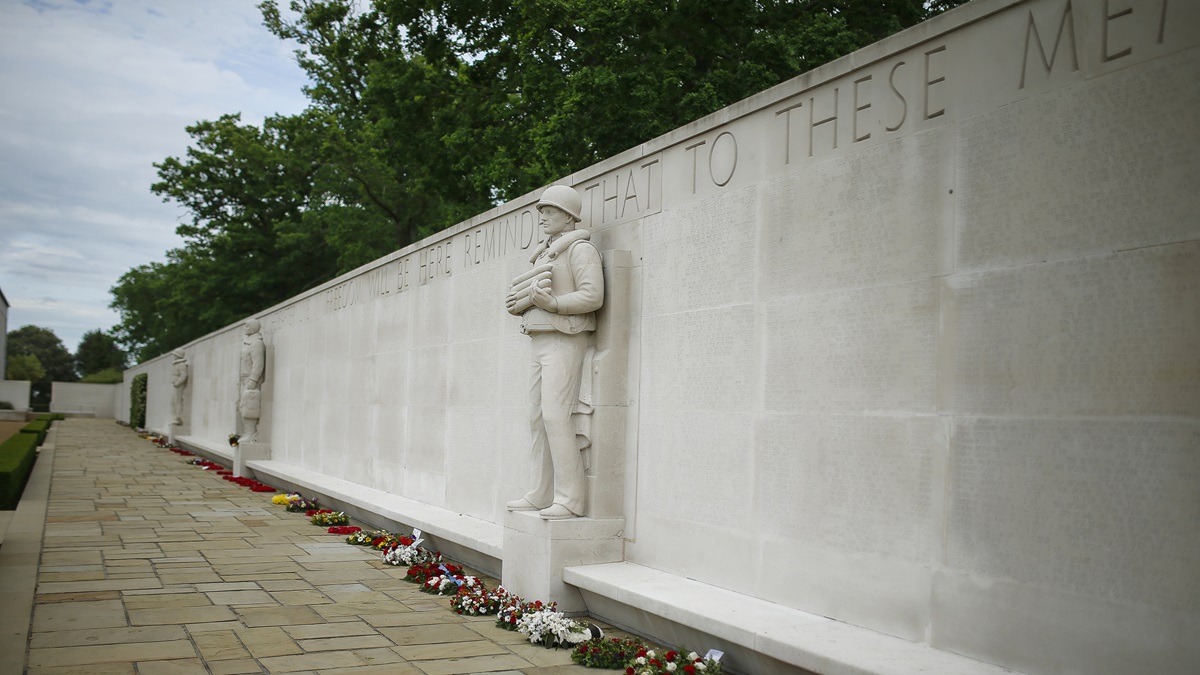


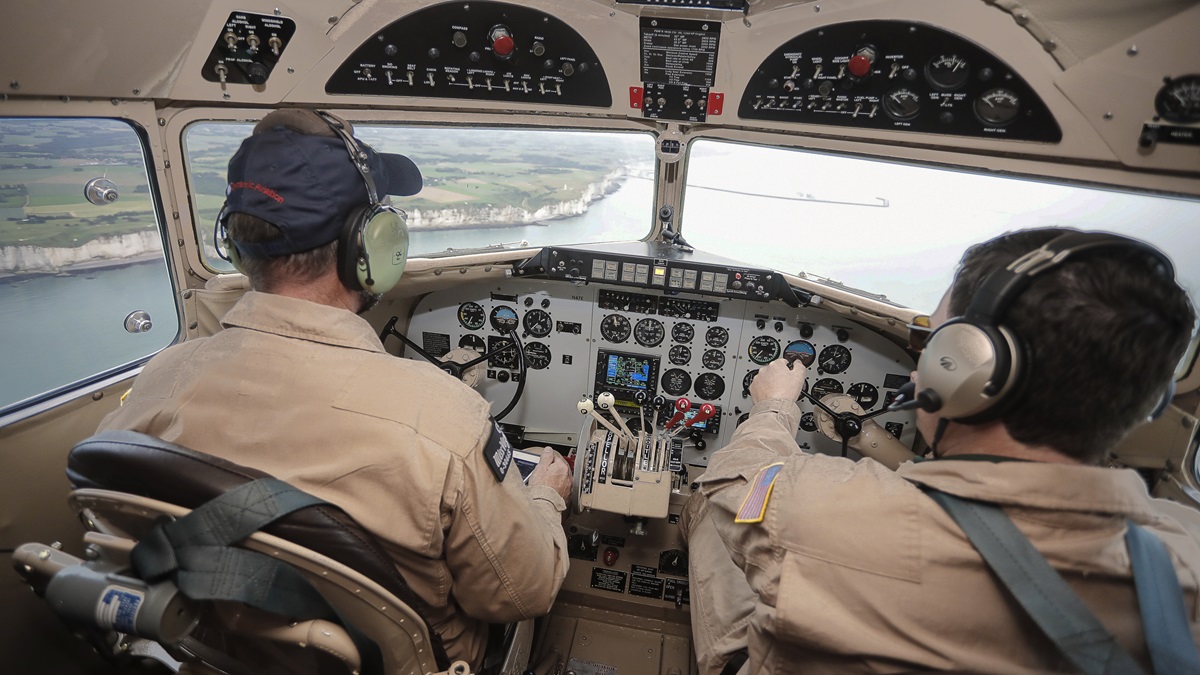
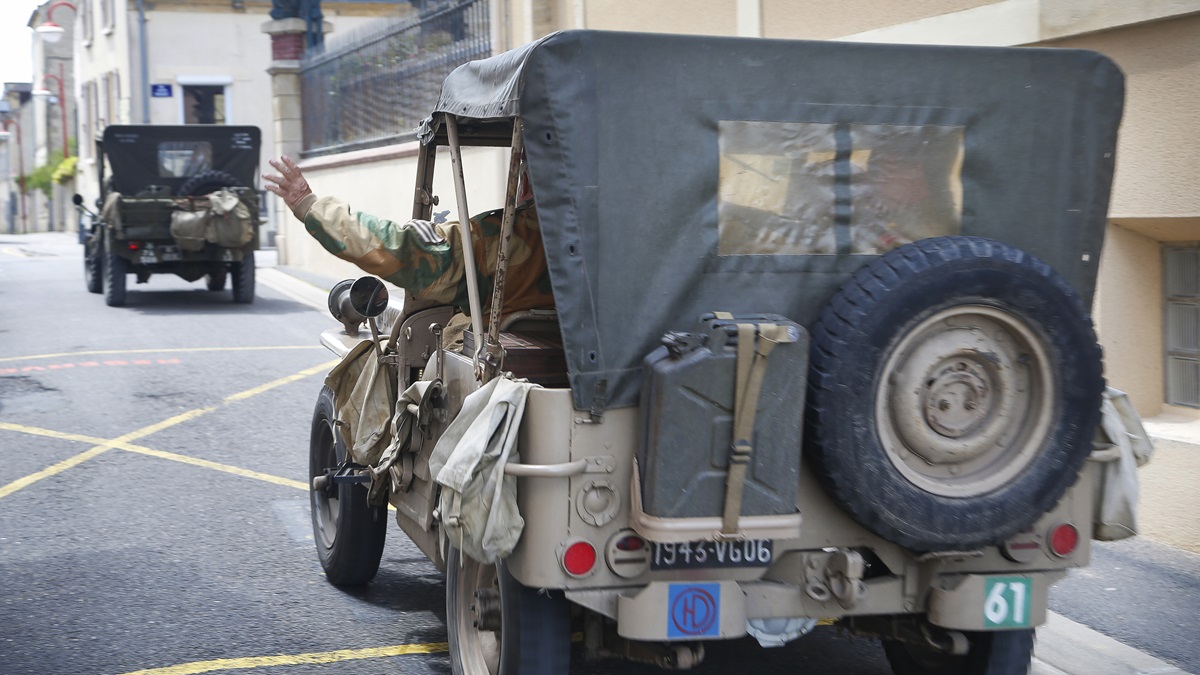
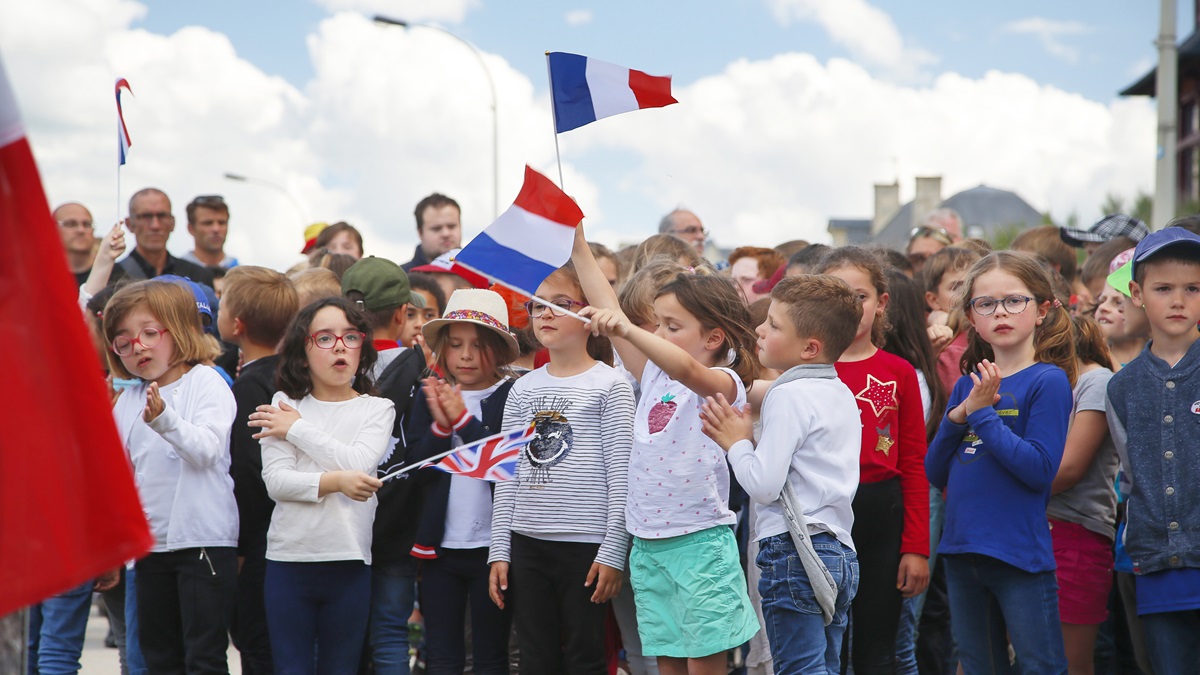
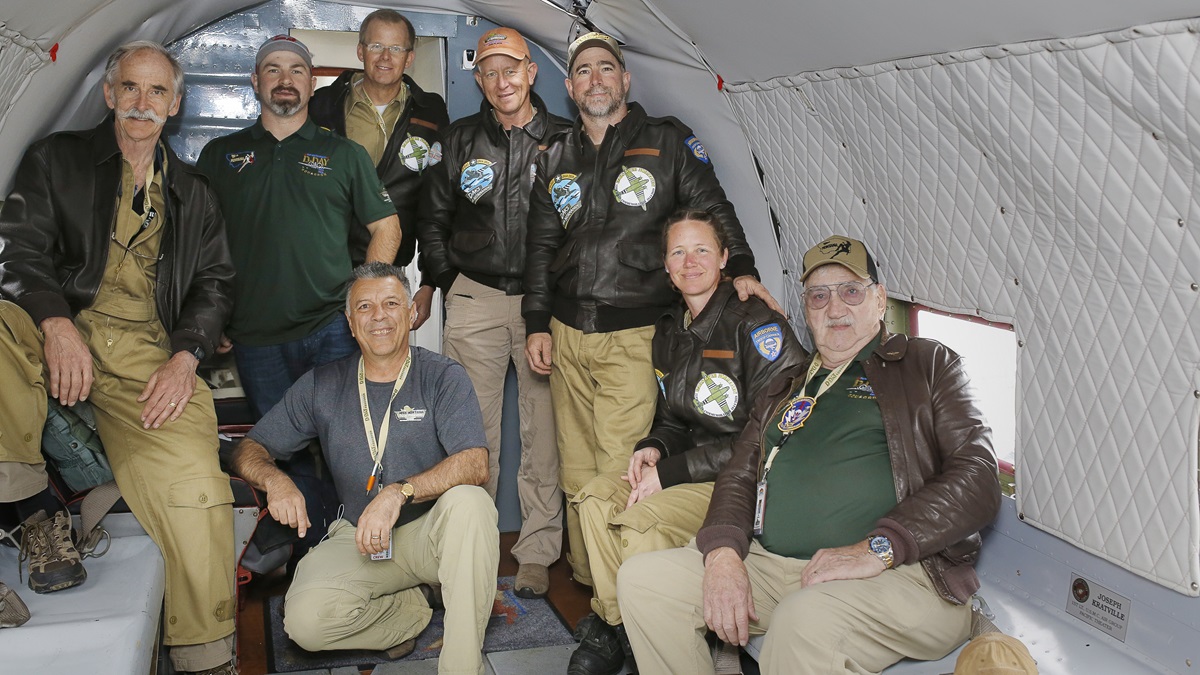

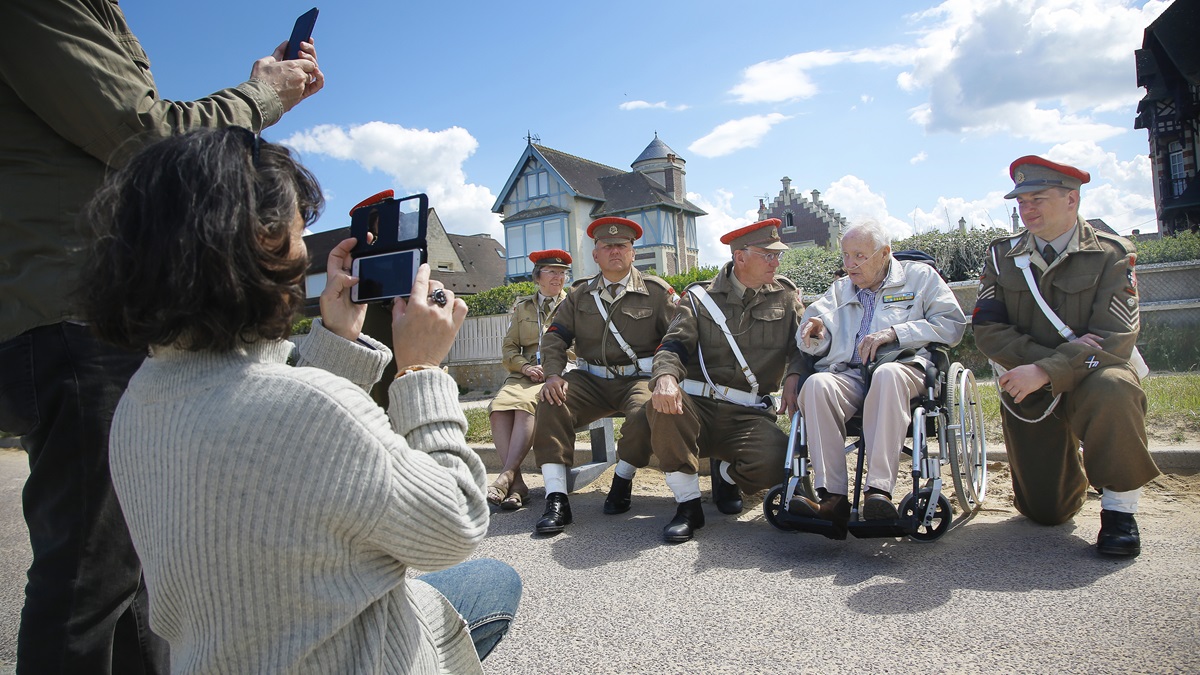
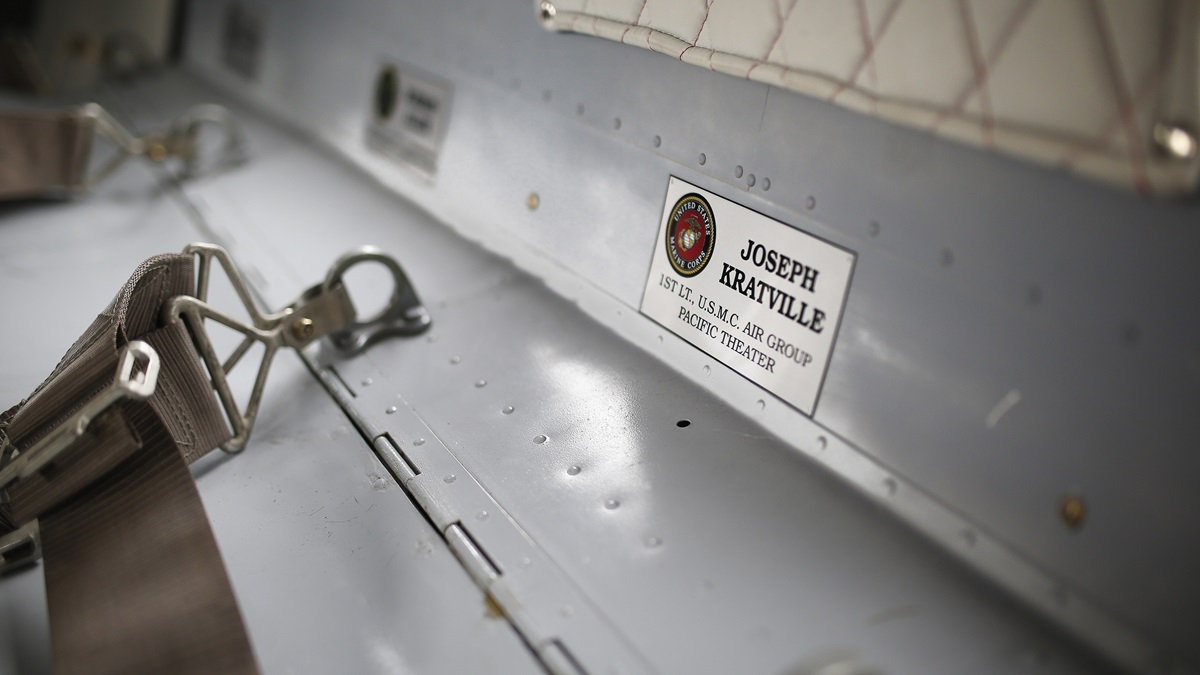
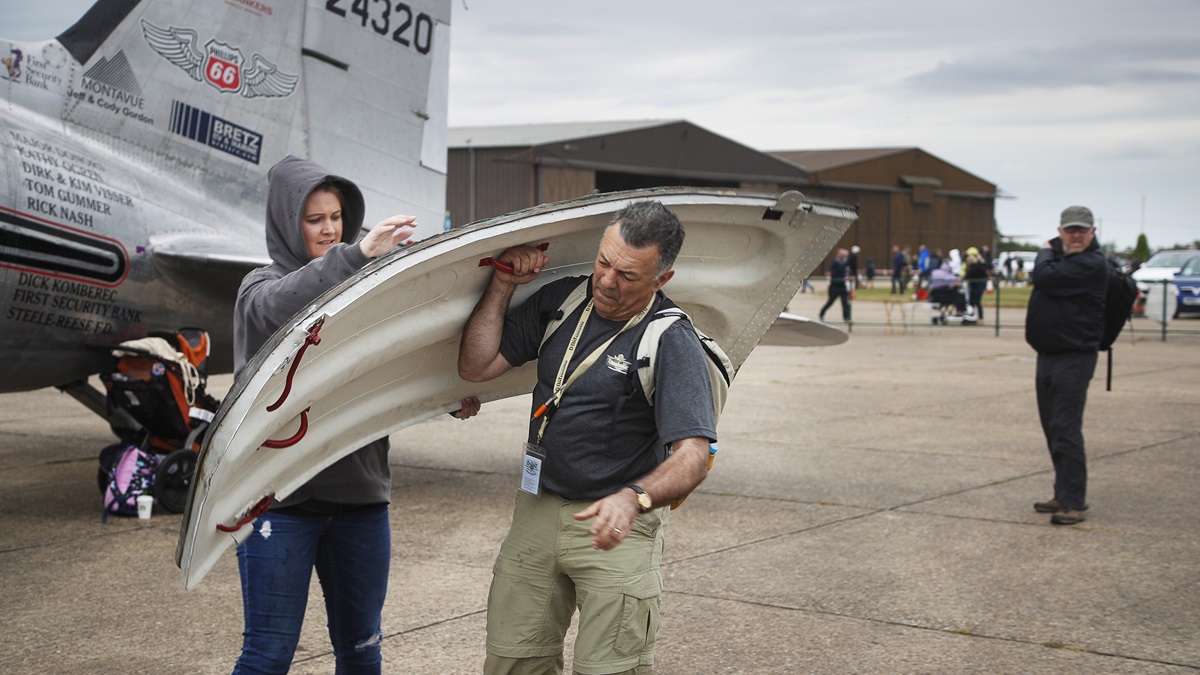


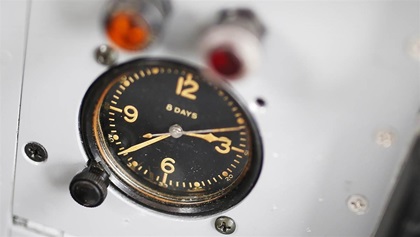 Keeping time
Keeping time 

